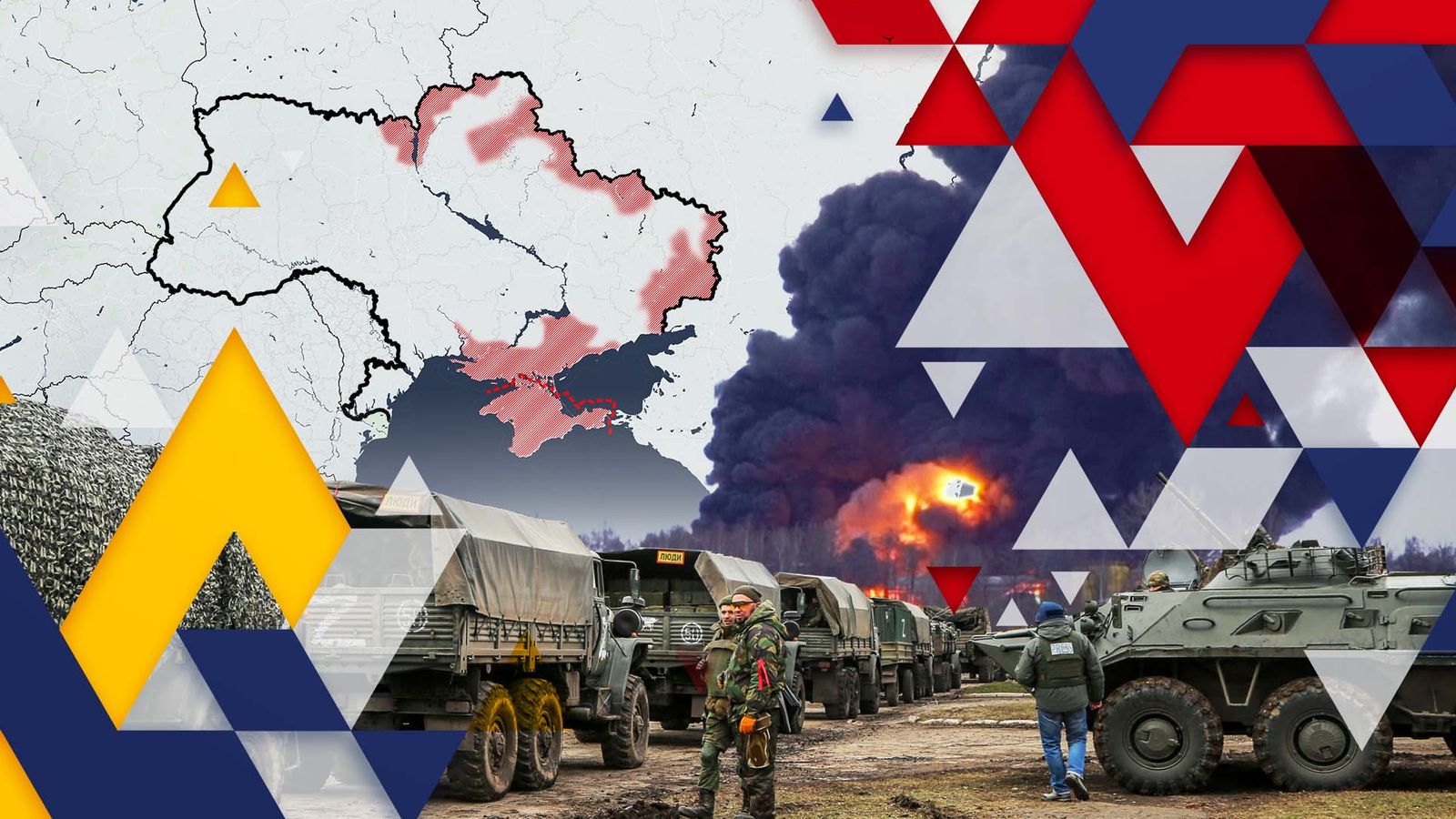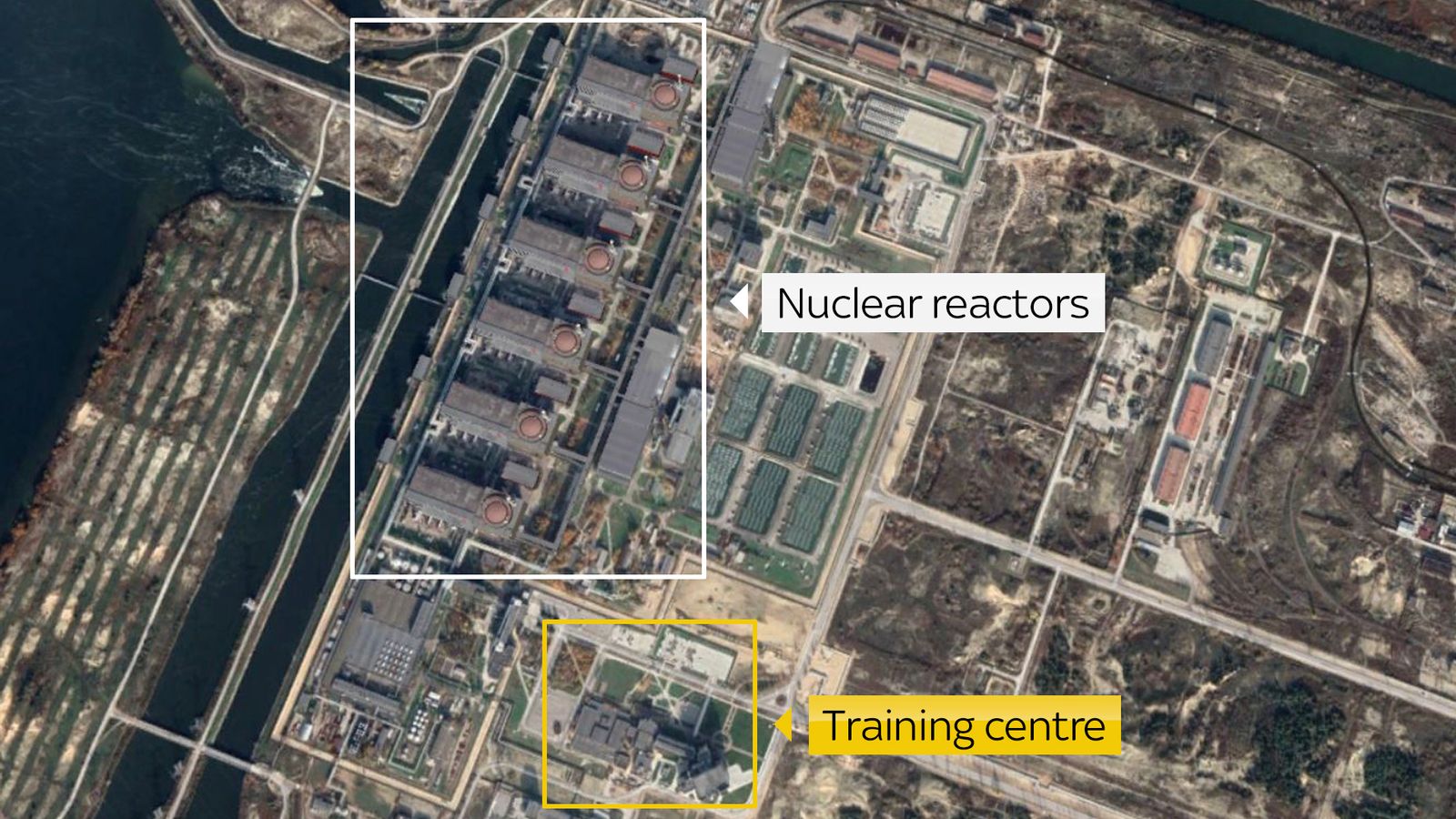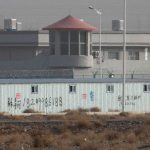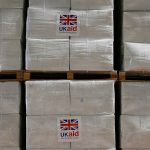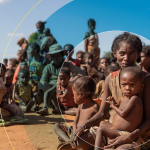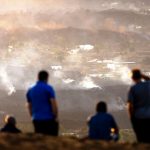Russian forces have targeted Europe’s largest nuclear power plant on day nine of the invasion of Ukraine.
Fighting overnight saw buildings in the plant damaged, sparking fears of a nuclear leak. Russian forces appear to now be in control of the power station.
The attack on the plant is the latest example of Russia targeting civilian populations and infrastructure – as shelling in cities such as Kharkiv and Mariupol continued.
Read more: What is the worst-case scenario after nuclear plant attack?
The map below shows the latest update on Russian advances and the sites of nuclear power plants in the country.
Live updates on the Ukraine invasion
The southern front
The attack on Zaporizhzhia nuclear power plant was likely carried out by Russian forces who have advanced from the south.
These troops are now fanning out in several directions, having first moved up from Crimea.
So far they have moved east where they have surrounded Mariupol, and to the northwest to Kherson, but they now appear to be moving further north on either side of the Dnieper River.
Here’s the current situation.
In red are the areas where Russia is in control, according to the Institute for the Study of War. In blue are the areas where it claims to be in control, and in green are assessed Russian advances.
As you can see, Russia has gained control of large parts of southern Ukraine.
Yesterday, the key port city of Kherson fell and shelling cut off electricity and water in the surrounded city of Mariupol.
Defence expert Professor Michael Clarke says that the attack on Mariupol is a model that Russia will try and replicate elsewhere.
“They will pound the city until they think it’s on its knees and they’ll move in with armour and troops.”
Overnight Russia seized control of Europe’s largest nuclear power plant in Enerhodar – it provides around 20% of Ukraine’s electricity.
Gunfire and shelling caused a fire at the plant in a training centre seen in this image.
The training centre is next to the nuclear reactors but no radioactive material is thought to have been released.
This morning, Russian vehicles have been seen entering the nearby city.
According to the Institute for the Study of War, Russian troops have also advanced further north-west from Kherson over the past 24 hours towards Voznesensk and near to another nuclear reactor.
The encirclement of Kyiv
In the north, the Russians seem to be making a slower advance than the south. A long convoy of Russian vehicles northwest of Kyiv appears to have barely moved for several days.
The latest reports also suggest the Russians are being forced to take a wide approach southwest of Kyiv as Ukrainian counterattacks seek to halt a full encircling of the city.
The map below shows the attempted Russian troop movements near the capital and the areas they are believed to be occupying.
The humanitarian cost
In the west of Ukraine, people continue to flee across borders to neighbouring countries. The latest UN figures for those displaced abroad from Ukraine stand at over 1.2 million people.
It is a reflection of the growing humanitarian crisis affecting the country.
Power and water supply shortages are an issue in cities surrounded by Russian forces, like Mariupol, caused by the heavy shelling in these areas.
The level of internet outages across the country gives an indication of the damage to civilian infrastructure. The map below shows the drop in internet connectivity across the country since the start of the war.
Alp Toker, director of internet monitoring site NetBlocks, says that internet connectivity has dropped by around 20% in Ukraine since the conflict began.
He told Sky News: “Internet connectivity in Ukraine is disrupted, particularly in and around the most heated war zones and contested cities. This has accelerated since the morning of 24 February, when Russia’s military campaign began.”
“We’ve provisionally attributed these to a combination of kinetic incidents involving artillery, power cuts, and at least one instance of alleged cable sabotage.”
This lack of connectivity could be a problem. Not only does it hamper people trying to arrange a passage to safety, but it may also jeopardise the flow of images and videos that can monitor Russia’s actions.
Mr Toker continued: “All these factors will make it more difficult to fact-check news reports and will contribute to the fog of war that underlies Russia’s strategy of ambiguity surrounding its invasion of Ukraine.”
What’s happened so far?
– Day 1: Russia launches full-scale invasion
– Day 2: Russian forces reach Kyiv
– Day 3: Ukraine fights back in Kyiv, Russia gain in the south
– Day 4: Kyiv holds strong, heavy fighting in Kharkiv
– Day 5: Convoy grows around Kyiv as refugees flee
– Day 6: Cluster bombs hit Kharkiv
– Day 7: Civilian casualties mount
– Day 8: Mariupol is isolated as Russian forces create land bridge
The Data and Forensics team is a multi-skilled unit dedicated to providing transparent journalism from Sky News. We gather, analyse and visualise data to tell data-driven stories. We combine traditional reporting skills with advanced analysis of satellite images, social media and other open source information. Through multimedia storytelling we aim to better explain the world while also showing how our journalism is done.
